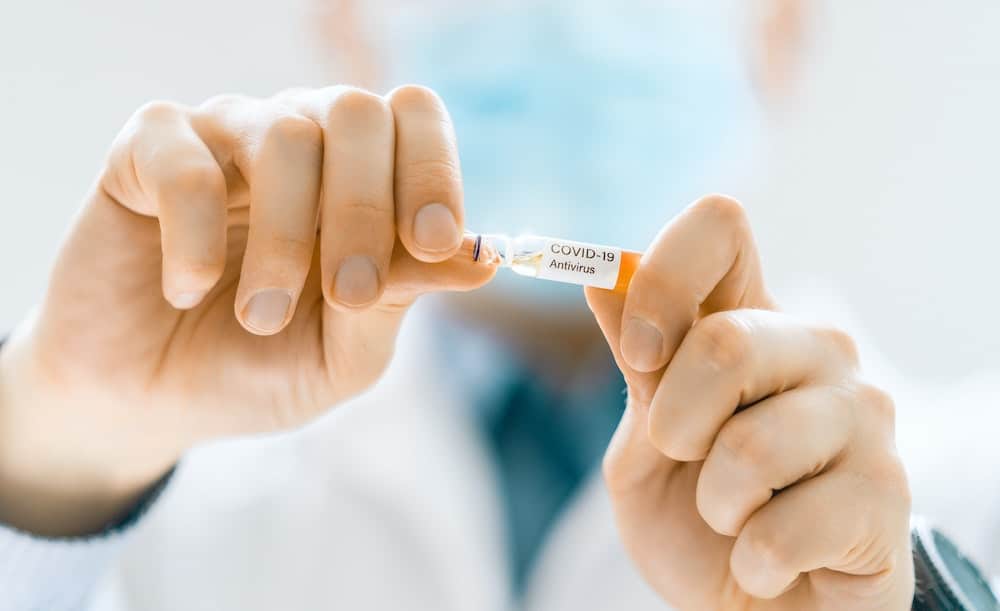How Are Biomechanical Assessments Used to Prevent Overuse Injuries in Youth Baseball Pitchers?

In the world of sports and athletics, advancements in medicine, technology, and research have enabled us to approach injury prevention with an increasingly sophisticated lens. The focus of this article is on a singular, yet critical area of this broad field – the use of biomechanical assessments to prevent overuse injuries in youth baseball pitchers. Here, we delve into the role of biomechanical assessments, how these evaluations can help address the risk of overuse injuries, and the crucial role of interdisciplinary collaborations among sports medicine experts, researchers, and the Google Scholar and PubMed platforms in mitigating these risks.
The Prevalence of Overuse Injuries in Youth Baseball
Before diving into the concept of biomechanical evaluations, let’s first establish an understanding of the problem at hand – overuse injuries in youth baseball, particularly among pitchers. Overuse injuries occur when repeated stress is applied to a body part without providing enough time for healing. In baseball, these types of injuries frequently occur in the arm region, affecting the shoulder and elbow of athletes.
A lire en complément : Canyoning in Bali: thrilling adventures with certified guides
A study by Fleisig et al. on baseball injuries in youth athletes, which can be found on Google Scholar and PubMed, shows that overuse injuries are a common occurrence in youth baseball, particularly among pitchers. The study points out that the pitching motion puts a lot of stress on the arm and shoulder, leading to potential injuries.
The Role of Biomechanical Assessments
Biomechanical assessments offer a scientific method to evaluate and understand human movement. In the context of youth baseball, these assessments can play a crucial role in identifying the risk factors associated with pitching, diagnosing any existing conditions, and preventing the onset of overuse injuries.
A voir aussi : What Are the Latest Advancements in Anti-Concussion Helmet Technology for American Football?
Biomechanics is the study of the structure and function of biological systems by means of the methods of mechanics. In baseball, biomechanical assessments aim to analyze the pitching motion of athletes. Using high-speed video analysis and other sophisticated technologies, these assessments break down the pitching motion into different phases, examining each phase for any potential anomalies that could contribute to injuries.
The Interplay Between Biomechanical Assessments and Injury Prevention
The prevention of overuse injuries in youth baseball pitchers is a multi-faceted approach that hinges on early detection, timely interventions, and continuous monitoring. The role of biomechanical assessments in this process cannot be understated.
By providing a detailed breakdown of the pitching motion, biomechanical assessments can help identify potential risk factors for injuries, such as improper throwing mechanics or muscle imbalances. Once these risk factors are identified, athletes can work with coaches and sports med specialists to make necessary adjustments to their throwing mechanics, implement strength and conditioning programs, and undertake targeted rehabilitation efforts if necessary.
The Role of Google Scholar, PubMed, and Crossref in Advancing This Field
As we delve deeper into the role of biomechanical assessment and its impact on injury prevention in baseball, the roles of Google Scholar, PubMed, and Crossref in this context are undeniably significant. These platforms not only serve as rich repositories of academic literature on the topic but also foster inter-disciplinary collaborations, driving advancements in this field.
Researchers regularly use these platforms to access the latest findings, draw insights, and inform their own research. The wealth of information available on these platforms – from in-depth research articles, clinical studies to meta-analyses, allows for a comprehensive understanding of the subject matter.
On Google Scholar or PubMed, for instance, you can find numerous studies examining the relationship between pitching mechanics and overuse injuries. These studies are critical in informing the development and implementation of biomechanical assessments.
The Need for Collaborative Efforts in Sports Medicine
As we navigate through the complexities of preventing overuse injuries in youth baseball pitchers, it’s clear that no single approach or discipline can solve the problem in its entirety. It requires an integrated, collaborative effort that cuts across the fields of sports medicine, biomechanics, physical therapy, and athletic training.
Such collaboration ensures a comprehensive approach to injury prevention that not only addresses the physical aspects of the athlete’s condition but also considers the psychological, social, and environmental factors that may contribute to the risk of injury. It fosters a more holistic view of athlete health and wellbeing, ultimately reducing the risk of overuse injuries in young athletes.
The Impact of Sports Specialization on Overuse Injuries
In the world of youth sports, an emerging trend is sports specialization, where young athletes focus on a single sport at the exclusion of others. While there are potential benefits to this approach, such as skill development and the possibility of achieving a high level of performance, it also presents certain risks. One significant risk associated with sports specialization is overuse injuries, particularly in youth baseball pitchers.
Overuse injuries occur as a result of repeated stress on specific body parts, leading to a range of conditions, such as muscle strains, stress fractures, and tendinitis. For baseball pitchers, these often manifest as conditions affecting the shoulder and elbow. Studies available on Google Scholar and PubMed highlight the link between sports specialization and overuse injuries, underscoring the need for a comprehensive approach to injury prevention.
Biomechanical assessments play a vital role in this regard. By analyzing the pitching technique, identifying anomalies, and pinpointing risk factors, these assessments can guide targeted interventions to prevent overuse injuries. For instance, assessments may reveal high external rotation in the shoulder during the pitching motion, a factor associated with a higher risk of injury.
Using this information, sports med professionals can work with the athlete to modify their pitching mechanics, thereby reducing the risk of injury. Strength and conditioning programs can also be implemented, focusing on enhancing the strength and flexibility of key muscle groups involved in pitching.
Conclusion: The Future of Overuse Injury Prevention in Youth Baseball
The prevention of overuse injuries in youth baseball pitchers is an area that demands ongoing attention and innovation. The use of biomechanical assessments is a crucial strategy in this effort, enabling experts to analyze pitching mechanics, identify risk factors, and implement interventions to prevent injuries.
Collaboration is key to the progress in this field. Platforms like Google Scholar, PubMed, and Crossref play a pivotal role by providing access to a wealth of research and fostering interdisciplinary collaborations. By using these platforms, researchers can stay updated on the latest findings, develop new insights, and inform their work.
The future of this field depends on continuous research, technological advancements, and the implementation of evidence-based practices. By focusing on these areas and fostering collaboration across disciplines, we can ensure a safer future for youth baseball pitchers, mitigating the risk of overuse injuries, and promoting the long-term wellbeing of these young athletes.
Let us all remember that pitch counts and rest days are not enough to prevent overuse injuries. Comprehensive strategies, including biomechanical assessments, strength and conditioning programs, targeted interventions, and monitoring for early signs of injury, are all crucial elements of a successful injury prevention approach. We must continue to work together, using the resources available through Google Scholar, PubMed, and Crossref, to advance our understanding and improve the safety of youth baseball.
